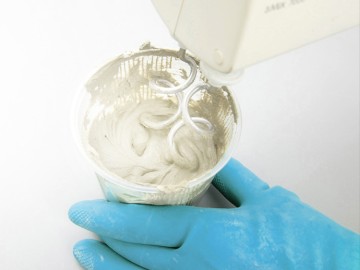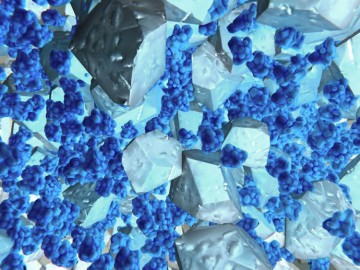
Our Climate Researchers
How do renders react long-term to climatic influences? What is the highest or lowest temperature at which a formulation can be applied without loss of performance? Is a tile adhesive flexible enough to cope with temperature fluctuations? Our experts at the Burghausen technical competence center give you the answers.
When it comes to climatic influences on building materials, the Burghausen technical competence center is at the cutting edge of research. To enable this center to answer precisely those questions mentioned at the start, it not only has a large outdoor weathering facility, but also special climatic and weathering chambers for tests. Our equipment can simulate different climates to see how building materials and formulations behave under certain conditions.
Excels in All Weathers: Our Outdoor Weathering Facility
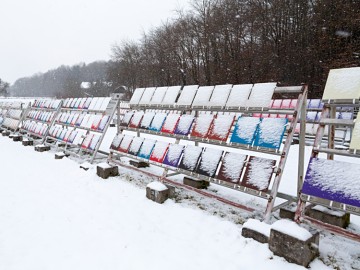
Cold. Snow. Icy winds. In Burghausen, winters can be harsh. Ideal for testing construction coatings under extreme conditions.
Covering 10,000 m 2, the outdoor weathering facility at the Burghausen technical competence center is ideal for long-term tests under real conditions: local temperatures can reach 35 °C in summer and -15 °C in winter.
Further outdoor weathering facilities in the USA, Russia, India, Indonesia, Dubai and Brazil deliver insights into climatic influences across cold, hot-dry and hot-humid climate zones.
Climate Simulations at a Click: Climatic Test Chambers
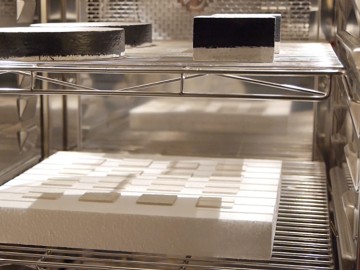
Climatic test chambers for storing test specimens
In all our building-material labs, we have standard climatic conditions for, first, mixing mortars at a constant 23 °C and 50 % relative humidity (r.h.). Then, we store the test specimens in different-sized climatic test chambers under defined conditions at temperatures ranging from -40 to +160 °C.
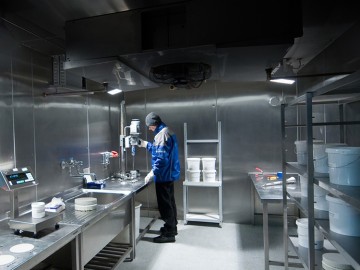
Our Walk-In Climatic Test Chamber
There’s also has a walk-in climatic test chamber in Burghausen – for mixing, processing and testing formulations under extreme conditions at temperatures ranging from -40 to +60 °C. It enables us, for instance, to see if – and how – formulations set at high relative humidity or very low temperatures.
Systematic Testing: Weathering Test Chambers

Market thinking is moving away from isolated products and toward systems. We can expose entire wall systems in our weathering test chambers to rain, frost and sunshine cycles over a temperature range of -20 °C to +80 °C. That gives us vital insights into how various building materials interact.


